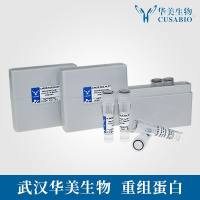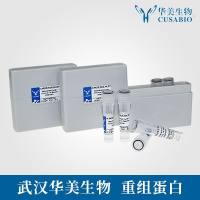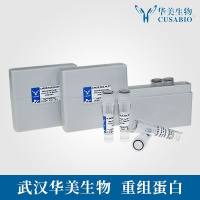Analysis of Molecular Species of Cellular Sphingomyelins and Ceramides
互联网
互联网
相关产品推荐

GLU-1D-1D/GLU-1D-1D蛋白/GLU-D1-1B蛋白/Recombinant Triticum aestivum Glutenin, high molecular weight subunit DX5 (GLU-1D-1D), partial重组蛋白
¥69

CSE1L/CSE1L蛋白Recombinant Human Exportin-2 (CSE1L)重组蛋白Cellular apoptosis susceptibility protein Chromosome segregation 1-like protein Importin-alpha re-exporter蛋白
¥5268

Nrros/Nrros蛋白Recombinant Mouse Negative regulator of reactive oxygen species (Nrros)重组蛋白Leucine-rich repeat-containing protein 33 (Negative regulator of reactive oxygen species) (Lrrc33)蛋白
¥2328

Cell Cycle Analysis Kit (with RNase)(BA00205)-50T/100T
¥300

MUC5B/MUC5B蛋白Recombinant Human Mucin-5B (MUC5B)重组蛋白MUC-5B;Cervical mucin;High molecular weight salivary mucin MG1;Mucin-5 subtype B, tracheobronchial;Sublingual gland mucin蛋白
¥1836
相关问答

